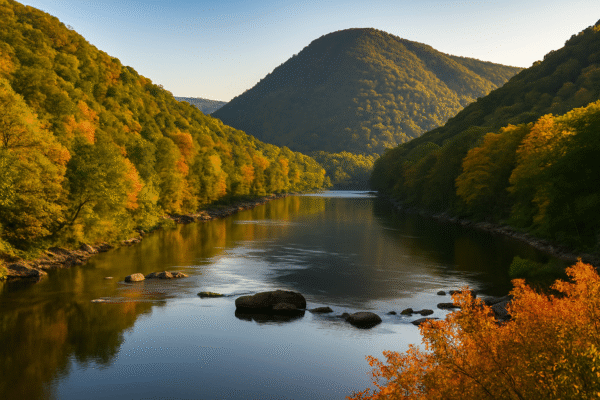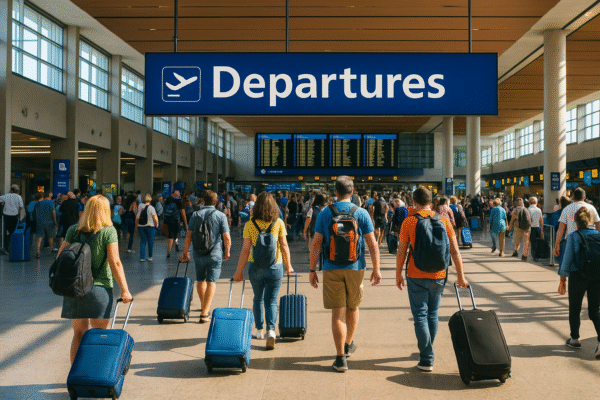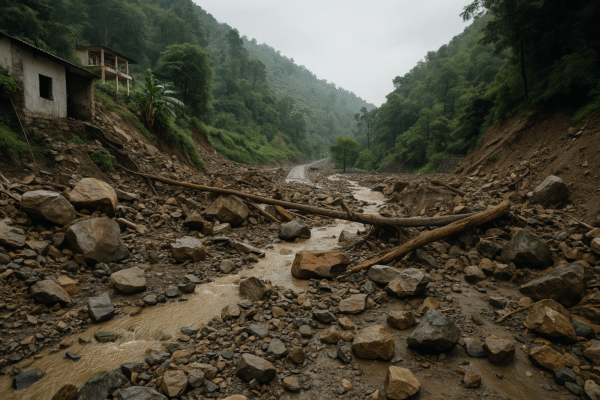A devastating cloudburst and landslide in Kathua district, Jammu & Kashmir, claimed seven lives and left multiple injured on the intervening night of August 16–17, 2025. The twin disasters struck Jodh Ghati (Rajbagh) and Janglote villages, causing widespread destruction, severing critical road links, and severely disrupting regional tourism.
In Jodh Ghati, five individuals perished, and several homes were buried under debris. In the nearby Janglote area, a landslide claimed two more lives, while six residents were trapped after flash floods washed away local roads and cut off access to these remote hamlets.
Infrastructure Crippled as Tourism Stumbles
The natural calamity caused extensive infrastructure damage in the affected zone—including washed-out roadways, torn tracks, and battered buildings. Local authorities confirm that a railway track, the national highway, and a police station sustained damage, further complicating rescue efforts and isolating communities.
This disruption comes on the heels of earlier disasters—like the massive Kishtwar cloudburst on August 14, which left at least 65 dead, 300 injured, and more than 200 missing, many of them pilgrims on the Machail Mata Yatra. Such repeated tragedies have begun to cast long shadows over Kashmir’s tourism revival journey.
Swift Response: Relief Teams Mobilized
Search and rescue operations were promptly launched, involving teams from the State Disaster Response Force (SDRF), local police, and volunteers. Helicopters were deployed, and evacuation efforts continue under the direction of civil administration and Union Minister Jitendra Singh.
At the national level, Union Home Minister Amit Shah assured full support from the central government, pledging all available help, while local authorities coordinate relief, medical aid, and shelter for displaced residents.
Devastating Pattern: Cloudbursts & Tourism at Stake
Kathua’s tragedy isn’t isolated. Jammu & Kashmir has experienced several severe disasters this year:
- The Kishtwar flash flood in August resulted in over 65 deaths, hundreds injured, and more missing, particularly among Machail Mata pilgrims.
- Recently, Chasoti village saw at least 38 people killed, and many more harmed by another cloudburst during a pilgrimage.
With extreme weather becoming more frequent, especially during monsoons, Kashmir’s tourism infrastructure—already fragile—is being tested severely.
Tourism Backlash: Recovery Hampered
Despite a surge in domestic tourism—with domestic visits rising from 25 lakh in 2020 to over 2.35 crore in 2024, and international arrivals reaching 65,452—2025’s tragedies threaten this hard-won recovery.
Earlier in April, a terror attack near Pahalgam drastically dented tourist confidence, prompting calls for government support to revive the industry.The current cloudburst compounds these challenges, especially at this time of year when pilgrimages and nature travel typically peak.
Building Resilience: A Way Forward for Tourism and Safety
To ensure a safer future and shield the tourism ecosystem, experts recommend:
- Early warning systems for cloudbursts and flash floods
- Infrastructure upgrades: Reinforcing roads, bridges, and community buildings
- Promotion of disaster-resilient tourism through Swadesh Darshan Scheme and strategic urban designs like Kathua Waterfront.
- Sustainable environmental practices: Focus on watershed management, afforestation, and erosion control to mitigate flash flood risks
- Diversification and contingency planning in tourism offerings
Final Take: A Test for Travel & Communities
The Kathua disaster is both tragic and instructive. It emphasizes that tourism in Jammu & Kashmir—an engine for livelihoods and state income—depends on strengthening resilience to climate risks.
As families rebuild and tourism stakeholders recover, safeguarding infrastructure, environmental health, and early-warning systems is more urgent than ever. Only coordinated action and adaptive planning will help protect both lives and the future of tourism in the region.
For more travel news like this, keep reading Global Travel Wire
















